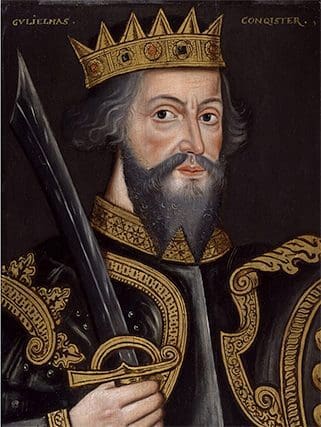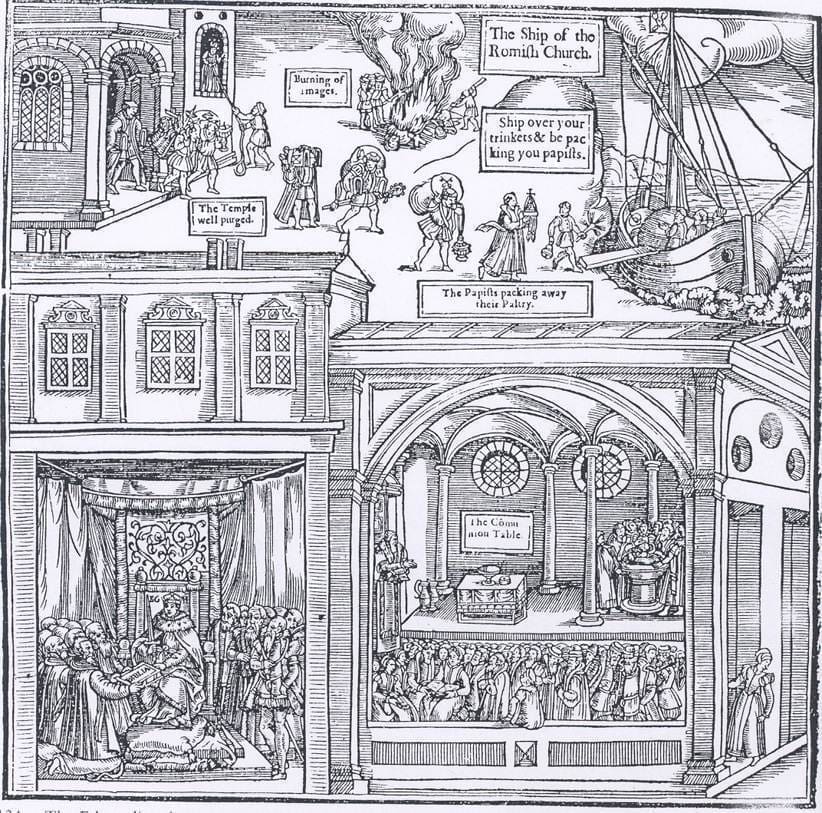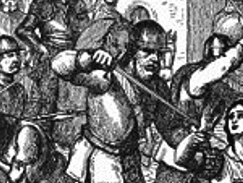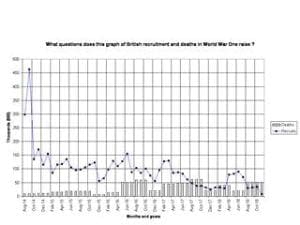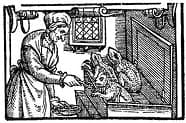
1. Were witches burned in English-speaking countries?
A. No, they were hanged not burned, because witchcraft was a felony. This was also true in North America.
2. Were millions of witches put to death?
A. No, the real number was nearer 50,000 across the whole era and whole known world. Only 2,000 witches were tried in England.
3. What proportion of those tried for witchcraft In England were actually convicted?
A. About 25%
4. Why were so few executed?
A. Judges and jurymen were sceptical about the existence of magical power. Many knew that old women could be persecuted by their neighbours for no reason other than that they were not very attractive!
5. Was the Catholic church particularly harsh on witches?
A. In England Protestant rulers also carried out trials. Catholicism tended to be blamed for any superstitions so that anti-catholic feelings in England e.g. in Elizabethan times could quickly and easily give rise to renewal of witch persecutions.
6. Who was harder on witches, James I or Elizabeth I.
A. More witches were executed in the last decade of Elizabeth’s reign than under James. Although James was involved in some famous trials when he was in Scotland, by the time he became James I of England he spent more time exposing witchcraft accusations rather than confirming them.
7. Were all witches women?
A. About 10-15% of those executed for witchcraft in England were male.
8. What were the key characteristics of the average witch at this time?
A. Old beggar woman – who asked her neighbours incessantly for charity usually in the form of food. Also women who took up places of authority in others’ households e.g. looking after new-born babies.
9. Who did more of the accusing, men or women?
A. Women. Much was food related so incidence rose in times of famine. Causing a cow to be stricken (a fairly common accusation) might be, and was, interpreted as mass murder.
10. Were most witches herbalists?
A. Another myth.

